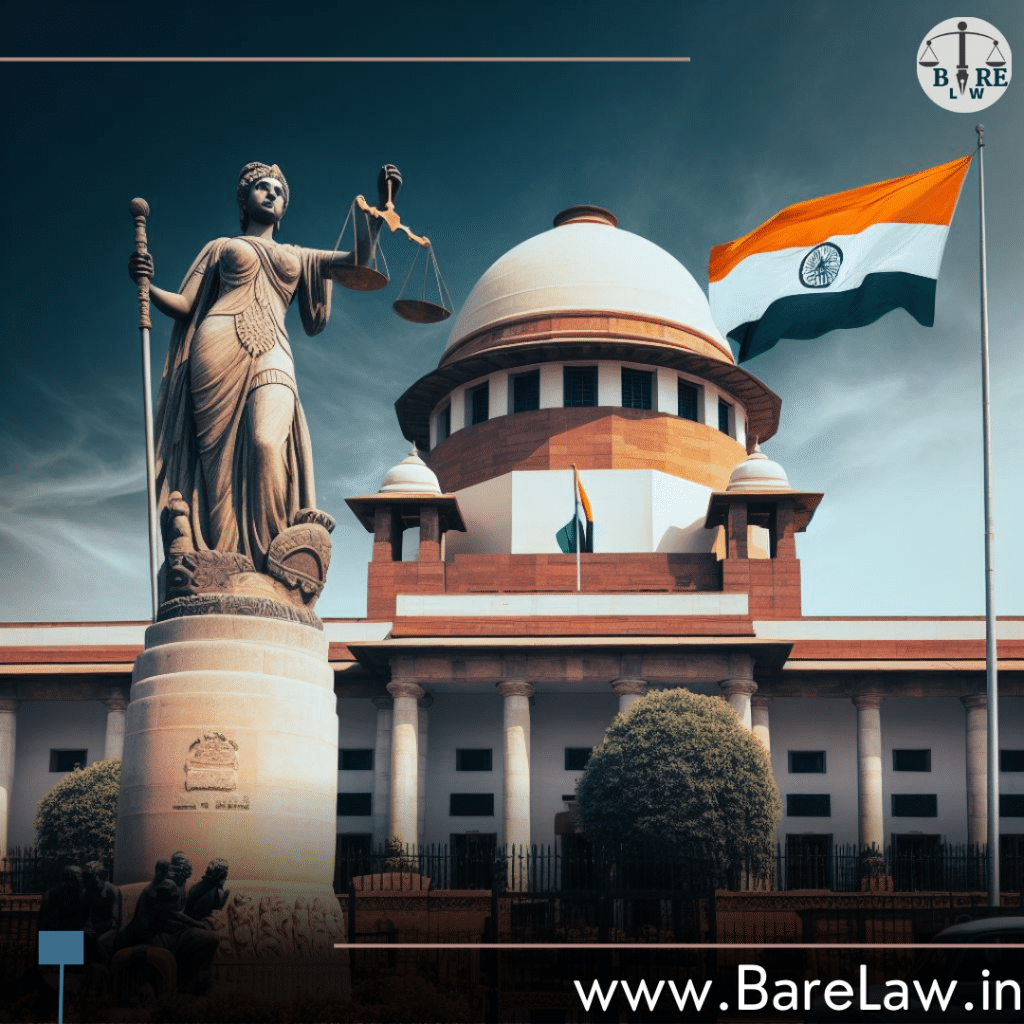
Decoding the Legal Labyrinth: A Beginner’s Guide to the Indian Judicial System
In a vast and diverse country like India, law and justice form the linchpin that holds the social fabric together. Barelaw.in aims to “Simplify Your Life & Law” by demystifying the world of law for practitioners and laymen alike. This article seeks to navigate through the complex yet fascinating structure of the Indian Judicial System, making it comprehensible for everyone.
Introduction: India’s judicial system is steeped in history and tradition; it is a multi-tiered framework designed to uphold the rule of law and deliver justice. Every citizen must understand its structure and functioning, not just legal practitioners. Therefore, this knowledge enables one to exercise his or her rights appropriately and takes legal action when necessary.
The Three Tiers of Judiciary:
Supreme Court:
Role and Jurisdiction: The Supreme Court is at the apex of the Indian judicial system having original, appellate as well as advisory jurisdiction. It sets legal precedents that ensure uniform interpretation across the nation.
Landmark Judgments: Over time, several judgments delivered by them have had significant repercussions on Indian society. For instance, decisions made in Kesavananda Bharati vs State of Kerala or Justice K.S. Puttaswamy (Retd.) vs Union of India have transformed this field.
High Courts:
Role and Jurisdiction: High Courts are primary civil courts with original jurisdiction for each state and union territory but their jurisdiction can be shadowed by that of subordinate courts in some cases
Notable High Courts and their significant judgments: Such landmark rulings have been issued by High Courts including those based in Delhi, Bombay, Kolkata which have impacted state jurisprudence significantly.
District Courts:
Role and Jurisdiction: District Courts handle many types of cases like civil law disputes, criminal matters as well as family related issues among others at lower levels than any other court levels under them hence are an important element in upholding justice.
The process of litigation at district level: For those who intend to embark on a legal journey, either as litigants or seekers of justice, it is crucial to understand the procedural intricacies of district litigation.
Specialized Courts and Tribunals: There are several specialized courts and tribunals in India organized around specific areas of law. These include but are not limited to National Green Tribunal, Family Courts or Consumer Dispute Redressal Forums. Consequently, such tribunals allow for better examination and judgment of certain legal aspects at law.
Legal Drafting and Pleadings: Legal drafting is foundational in effective litigation; it is an art that requires attention to detail, lucidity and deep knowledge of laws. Thus, plaints, written statements and affidavits serve as primary forms of judicial records for civil and criminal proceedings.
Conclusion: With its intricate design, the Indian Judicial System safeguards constitutional ethos and rights of citizens. This is where the quest for justice ends with the rule of law being upheld. We become knowledgeable citizens who contribute to a wider narrative around justice and equality when we delve into its structure and functioning.
To boost curiosity and legal consciousness among its readers, the article intends to become a passage-lane for comprehending the basic principles of the Indian Judicial System. The way of justice may look puzzling but with appropriate information anyone can tackle it.





